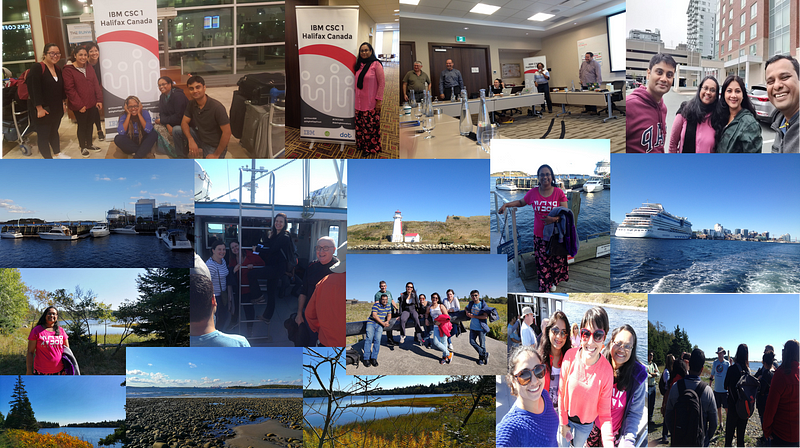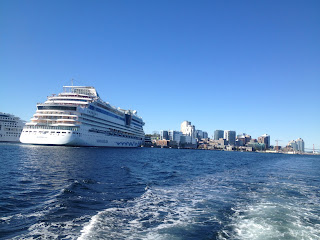Sarnath, located just 12 km from the Hindu holy city of
Varanasi, is the site of the deer park where Gautama Buddha first taught the
Dharma after his enlightenment. Sarnath is one of four holy Buddhist sites
sanctioned by the Buddha himself for pilgrimage. The other three sites are:
Lumbini (birth); Bodh Gaya (enlightenment); and Kushinagar (death).
Buddha came to Sarnath to preach his message of the middle
way to nirvana after he achieved enlightenment at Bodhgaya, and gave his famous
first sermon here. In the 3rd century BC, Emperor Ashoka had magnificent stupas
and monasteries erected here, as well as an engraved pillar. When Chinese
traveller Xuan Zang dropped by in AD 640, Sarnath boasted a 100m-high stupa and
1500 monks living in large monasteries. However, soon after, Buddhism went into
decline and, when Muslim invaders sacked the city in the late 12th century,
Sarnath disappeared altogether. It was ‘rediscovered’
Buddhism flourished in Sarnath in part because of the support
of kings and wealthy merchants based in nearby Varanasi. By the 3rd century
Sarnath had become an important center for the arts, which reached its zenith
during the Gupta period (4th-6th century AD). When Hsuan Tsang visited from
China in the 7th century, he found 30 monasteries and 3000 monks living at
Sarnath.
At the end of the 12th century, Sarnath was sacked by Turkish
Muslims. The site was subsequently plundered for building materials and has
remained in ruins until the present day. The site was entirely deserted until
1836, when the British began excavations and restoration.
What to See at
Sarnath
All of the ancient buildings and structures at Sarnath were
damaged or destroyed by the Turks. However, amongst the ruins the Dharmekh
Stupa is impressive at 128 feet high, and 93 in diameter. This dates from
around 200 BC and is the spot where the Buddha is said to have preached his
first sermon.
Only the foundations remain of the Dharmarajika Stupa, but it
is notable as a rare pre-Ashokan stupa.
The decaying ruins of the Mulagandhakuti Vihara mark the
place where the Buddha spent his first rainy season in meditation. In the 7th
century, a writer described it as 200 feet high and containing 100 niches
containing a Buddha carving along each wall. A life-sized statue shows the
Buddha turning the wheel of the law.
To the east is the modern Mulagandhakuti Vihara with its
beautiful wall paintings; behind it is the Deer Park, which is maintained as an
open animal park and still attracts deer.
The Ashoka Pillar at Sarnath survived the Turkish invasion
but was broken during excavations. The base still stands in its original spot
and has some interesting carvings.
The splendid lion capital that topped the pillar, which
thankfully survived its 45 foot drop to the ground is on display at the Sarnath
Archeological Museum. The museum also houses some of the greatest treasures of
Indian Buddhist art, including almost 300 images.
There is also a Bodhi tree planted by Anagarika Dharmapala
which was grown from a cutting of the Bodhi tree at Bodh Gaya. It is located
next to a Sri Lankan monastery.
Six national temples have been built by various Asian
communities at Sarnath since the site's restoration, including a Tibetan temple
and Sri Lankan temple.
Don’t Miss
Sarnath Museum is the oldest site museum of Archaeological
Survey of India. It houses the findings and excavations at the archaeological
site of Sarnath, by the Archaeological Survey of India. Sarnath is located near
Varanasi, in the state of Uttar Pradesh. The museum has 6,832 sculptures and
artifacts
The museum contains five galleries and two verandahs to
display the antiquities ranging from the 3rd century BCE to 12th century AD
that have been found at Sarnath.
Sarnath has yielded a rich collection of sculptures, artefacts
and edifices comprising numerous Buddha and Bodhisattva images and other
ancient remains. Finest specimens of Buddhist art and other important remains
have been housed at the museum.
While the single most famous exhibit of this museum is the
Lion Capital of Ashoka, the Sarnath museum also houses a collection of other
Buddhist artefacts. Among the things to see is a sculpture of the Buddha from
the 5th century. The Buddha sits cross-legged, with eyes downcast in deep
meditation, and a halo around his head. Also worth exploring are the several
figures of the bodhisattvas.
Of other Buddhist remains, there is a life-size standing
Bodhisattva and a delicate image of the Bodhisattva with a lotus and yet
another bronze sculpture showing the Bodhisattva with multiple arms. The museum
at Sarnath also houses a collection of figures and sculptures from the Mauryan,
the Kushana and the Gupta periods. Prominent among them is the earliest Buddha
image found at Sarnath and many images of Hindu Gods dating from the 9th to
12th centuries.
Ashoka's Lion
capital
This is the famous original sandstone sculpted Lion Capital
of Ashoka preserved at Sarnath Museum, which was originally erected around 250
BCE atop an Ashoka Pillar at Sarnath. The angle from which this picture has
been taken, minus the inverted bell-shaped lotus flower, has been adopted as
the National Emblem of India showing the Horse on the left and the Bull on the
right of the Ashoka Chakra in the circular base on which the four Indian lions
are standing back to back. On the far side there is an Elephant and a Lion
instead. The wheel "Ashoka Chakra" from its base has been placed onto
the centre of the National Flag of India.
Wat Thai Temple,
Sarnath
Popularly known as the Thai Temple, the Hinayana Buddha
temple was built by Thai dignitaries in 1933. It also has Thai designs and is
prettily located amid lush green gardens. There is a statue of a laughing
Buddha just before the main Thai temple and on the right side is an enactment
of Buddha delivering a sermon to his disciples. There are three other statues
of Buddha in various mudras beneath a tree and colourful flowers grow around
it.
The Thais call it the Wat Thai Temple. There are many
devotees in orange robes moving around the temple compound and paying their
regards.
A huge standing
Buddha statue is on the left side of the temple and towers over 80 m, the
construction of which is said to have taken more than a decade. Calm prevails in
the Thai Temple which makes it feel like a very divine experience. There and no
charges for entry and timings are from sunrise to sunset.
The Buddha Statue
is said to be made out of 365 stones representing 365 days in a year and also
has 4 important stages of Buddha’s life depicted on the 4 sides of the statue























































